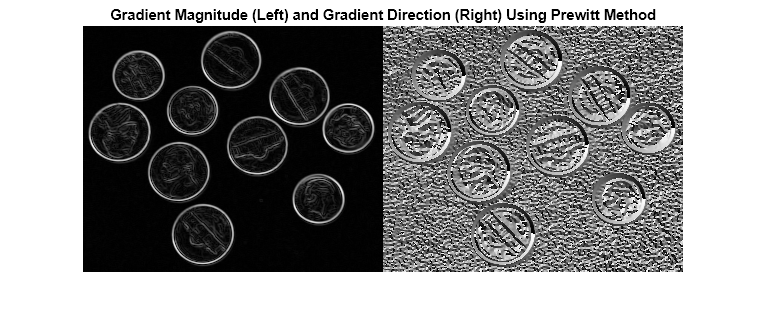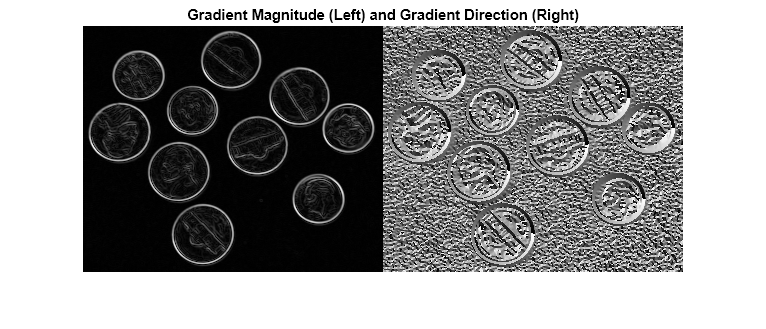imgradient
找到二维图像的梯度幅值和方向
说明
示例
输入参数
输出参量
提示
当在图像边界应用梯度算子时,图像边界之外的值假定为等于最邻近的图像边界值。这类似于
imfilter中的"replicate"边界选项。
算法
对于所列的每种梯度法,imgradient 中采用的算法是先分别计算 x 和 y 方向的定向梯度 Gx 和 Gy。水平 (x) 轴指向列下标递增的方向。垂直 (y) 轴指向行下标递增的方向。然后基于梯度的正交分量 Gx 和 Gy 计算梯度幅值和方向。
imgradient 不会对梯度输出进行归一化。如果梯度输出图像的范围必须与输入图像的范围匹配,请考虑对梯度图像进行归一化,具体取决于所使用的 method 参量。例如,对于索贝尔核,归一化因子是 1/8,对于普瑞维特是 1/6,对于罗伯茨是 1/2。
扩展功能
版本历史记录
在 R2012b 中推出另请参阅
imgradientxy | imgradientxyz | imgradient3 | edge | fspecial


